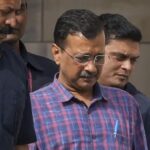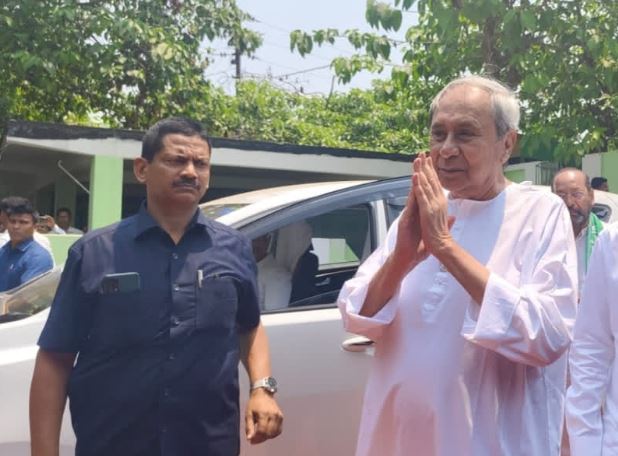It was widely expected that until the end of December, interest rates in the United States, as well as most other developed countries, would remain high for an extended period of time. However, there was a stark difference between these views and the dovish tone that the Federal Reserve adopted in its December meeting. According to the projections that were presented with the Fed meeting, there is a possibility of three rate cuts taking place next year. The markets were surprised by this news. There has been a sharp drop in the yield on the 10-year US Treasury bond and the yield is currently hovering around 3.9%. This is contrary to the monetary policy committee’s December meeting, during which it did not provide any indication that the monetary policy would be changed. Rather, it noted that “policy must continue to be actively disinflationary to ensure anchoring of inflation expectations and fuller transmission.”In his statement, RBI Governor Shaktikanta Das also reiterated that even as inflation has fallen, “the target of 4 per cent CPI is yet to be reached and we have to stay the course.” However, in an interview to this paper, Jayanth Varma, member of the monetary policy committee, has said that “we are approaching the point where an interest rate cut is necessary to prevent an excessive real interest rate.”He argues that the real interest rate of 2 per cent now is “excessive”, and that a “real rate slightly below 1.5 per cent is appropriate”. It is for this reason that Varma voted against the MPC maintaining its stance of remaining focused on withdrawing accommodation as part of its stance. Another MPC member, Ashima Goyal, has in the past indicated that a real interest rate of around 1 per cent is suited for the economy.It would depend on the trajectory of retail inflation whether there is a need to change the stance of monetary policy or to reduce interest rates in order to achieve either objective. If there is a sense of comfort that inflation is nearing the central bank’s target of 4 per cent, then Varma believes that monetary policy can be “less restrictive”. This opens up the space to cut rates. In its December meeting, the RBI had projected inflation at 5.6 per cent in the third quarter and 5.2 per cent in the fourth quarter of this year. For next year, it expects inflation at 5.2 per cent in the first quarter, 4 per cent in the second quarter and 4.7 per cent in the third quarter. However, there is some uncertainty over this trajectory of inflation, especially food inflation. While one-off food price shocks can be looked through, monetary policy, as Das has noted, “has to stay alert to the risk of such shocks becoming generalised and derailing the ongoing disinflation process”. The actions of the MPC must be guided by the objective of ensuring price stability.
Exclusive
Breaking News
 India – New Zealand joint trade committee acknowledges in both economies
India – New Zealand joint trade committee acknowledges in both economies
 PM Gears Up for Bengal Blitz with Public Meetings in Key Constituencies On May 3
PM Gears Up for Bengal Blitz with Public Meetings in Key Constituencies On May 3
 Docs Warn Gym Goers as Sudden Heart Attacks Return, Killing at least 4
Docs Warn Gym Goers as Sudden Heart Attacks Return, Killing at least 4
 CM Files Nomination for Hinjili Assembly Seat
CM Files Nomination for Hinjili Assembly Seat
 Liquors Policy Scam: ED has no material necessitating my arrest, Kejriwal tells SC
Liquors Policy Scam: ED has no material necessitating my arrest, Kejriwal tells SC





More Stories
India – New Zealand joint trade committee acknowledges in both economies
PM Gears Up for Bengal Blitz with Public Meetings in Key Constituencies On May 3
Docs Warn Gym Goers as Sudden Heart Attacks Return, Killing at least 4